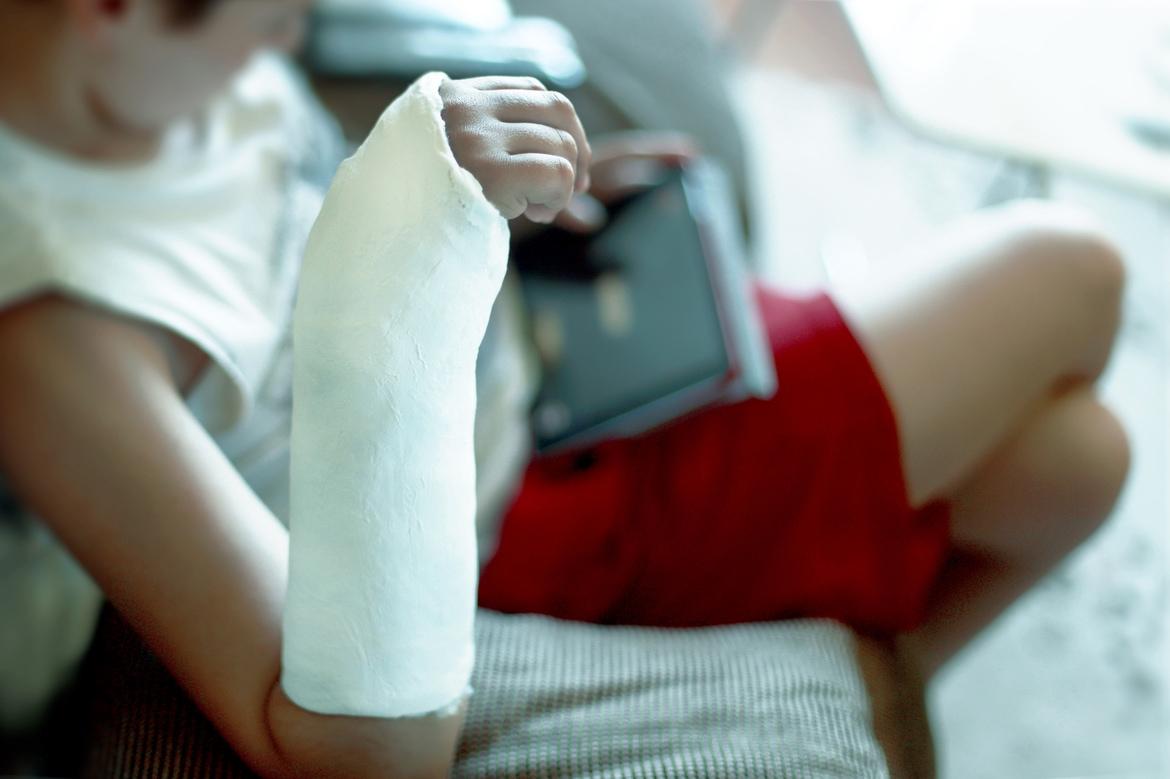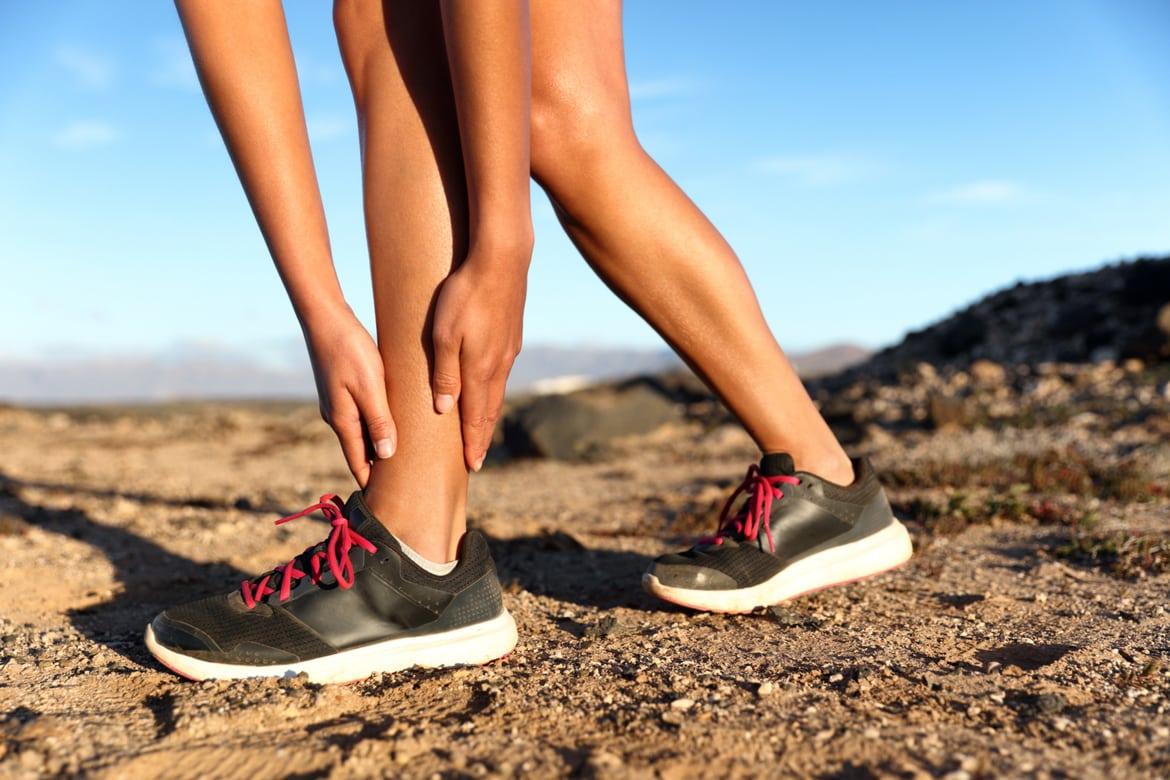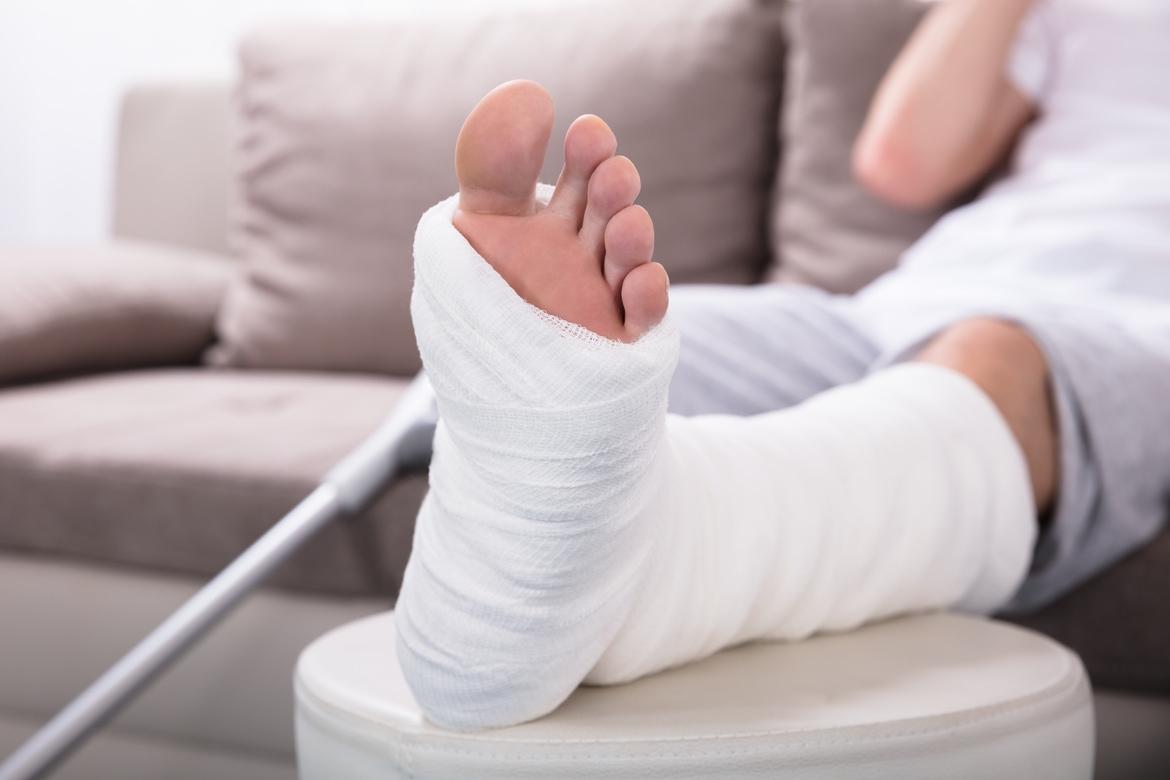-
-
Featured Care Areas

Fractures
Frequently asked questions
A: Most fractures such as fractured wrist, fibula, clavicle, forearm, stress fracture, ankle take 6 – 12 weeks to heal, but this can vary depending on your:
- Affected bone
- Type of fracture
- Age and overall health
In order for your bone to heal correctly, it needs to be set or repositioned and maintained in its proper position with the help of a splint or cast. The type and severity of the fracture will determine if surgery is required.
Your doctor will assess your fracture and recommend suitable treatment options for you.
A: Certain types of fractures can heal by themselves without requiring surgery or other invasive treatments. The ability of a fracture to heal by itself depends on the type of fracture and not the body part. For example, a hip fracture that is non-displaced may not require surgery. In contrast, a displaced ankle fracture may require surgery.
The following fractures can heal naturally, as the bone pieces are kept together:
- Stress fractures (also known as hairline fractures). To promote healing, avoid putting pressure on the fractured bone. For example, if you have a stress fracture in your ankle, use crutches to keep your weight off the affected foot. For the first 1 – 2 days, elevate the fractured bone and apply ice where possible.
- Transverse fractures. To promote proper healing, wear a cast to hold the bones in the correct position.
- Oblique, non-displaced fractures. To promote proper healing, wear a cast to hold the bones in the correct position.
- Spinal compression fractures. To support the healing fracture, go on bed rest for a few days, or until you start to feel better. You should also wear a brace and avoid heavy exercise for a few weeks or months to prevent your vertebrae fracture from getting worse.
During your recovery period, you should eat healthy and nutritious food that is loaded with calcium. A good diet can help to support your natural healing process.
A: An X-ray is one of the most common diagnostic tests to check for a fracture. On an X-ray, bones appear bright white while fractures appear dark black.
However, an X-ray may not show a fracture at times. For example, certain wrist fractures, hip fractures and stress fractures may require additional tests, such as a magnetic resonance imaging (MRI) scan.
An MRI can create detailed images of your bones and soft tissue. It is one of the best ways to diagnose stress fractures. While looking at your MRI results, your doctor will check for swelling, bone marrow abnormalities and fracture lines.
Your doctor will interpret your test results to determine your fracture's severity and estimated recovery time. This typically depends on your fracture's location (relative to the affected bone) and the extent of your fracture's misalignment.
A: Yes, you can exercise with a fracture as long as you keep the affected bone (such as a fractured wrist or fractured foot) immobile to promote its healing. Stop the exercise immediately if the affected area hurts.
Gentle exercises that you can try include:
- Biking
- Walking
- Swimming
- Weight training that focuses on non-affected areas of your body.
You should avoid contact sports until your fracture has recovered.
A: Nonunion fractures occur when pieces of a broken bone do not grow back together.
As a result, you may experience tenderness, swelling and an aching pain within the affected bone for years.
A: Fat embolism occurs when fat enters the blood stream following a broken bone. It can lead to a life-threatening condition.
You can lower your chances of fat embolism by:
- Checking your blood oxygen levels to detect fat embolism in earlier stages.
- Seeking early, aggressive treatment for long bone fractures.
A: A bone bruise is a traumatic injury that is less severe than a bone fracture. It occurs when your small blood vessels are damaged, and causes blood and fluid to leak into nearby tissues and blood vessels.
A fracture refers to a cracked or broken bone. Fractures usually occur when your bone absorbs more impact than it can take, such as during a sports injury, car accident or fall.
In general, it is unlikely for a bone bruise to turn into a fracture.
A: When a fracture is left untreated, your bone may:
- Not grow back together (nonunion). As the bone remains broken, this can cause swelling, tenderness and pain for years.
- Heal slowly on its own (delayed union). In most cases, you should recover fully unless the bone does not set well and causes complications.
A: To help your broken bone heal quickly, you should include the following nutrients in your diet:
- Protein from meat, fish, milk, cheese, yoghurt, nuts, seeds, beans, etc.
- Calcium from milk, yoghurt, cheese, broccoli, kale, bok choy, soybeans, salmon, etc.
- Vitamin D from egg yolks and oily fish (such as salmon, sardines, herring and mackerel). Spending around 15 minutes in the sun every day can also help your body get Vitamin D.
- Vitamin C from citrus fruits (such as oranges, kiwi fruit and berries) and green vegetables.
- Iron from red meat, liver, beans (such as red kidney beans, edamame and chickpeas), nuts, dried fruit and fortified breakfast cereals.
- Potassium from bananas, orange juice, broccoli, potatoes, nuts, seeds, fish, meat and chicken.
It is better to consume whole foods with these nutrients than to eat supplements unless your doctor recommends it.
A: An X-ray may not be able to capture certain types of fractures such as wrist fractures, hip fractures and stress fractures. In such cases, your doctor may order a computed tomography (CT) scan, magnetic resonance imaging (MRI) or a bone scan instead.
Alternatively, your doctor may order a second X-ray about 10 – 14 days after your first X-ray to allow your fracture to heal. Healing can make your fracture more visible in an X-ray.
A: Yes, a stress fracture may come back if you:
- Have poor nutrition, fragile bones or certain medical conditions
- Perform certain movements repeatedly, such as during sports.
This coverage checker is brought to you by Health Insured, an online resource that helps you understand your health coverage in Singapore.
This page has been reviewed by our medical content reviewers.
Need help?
For enquiries, please call
+65 6575 7575
For appointment bookings, please WhatsApp
+65 8111 9777








